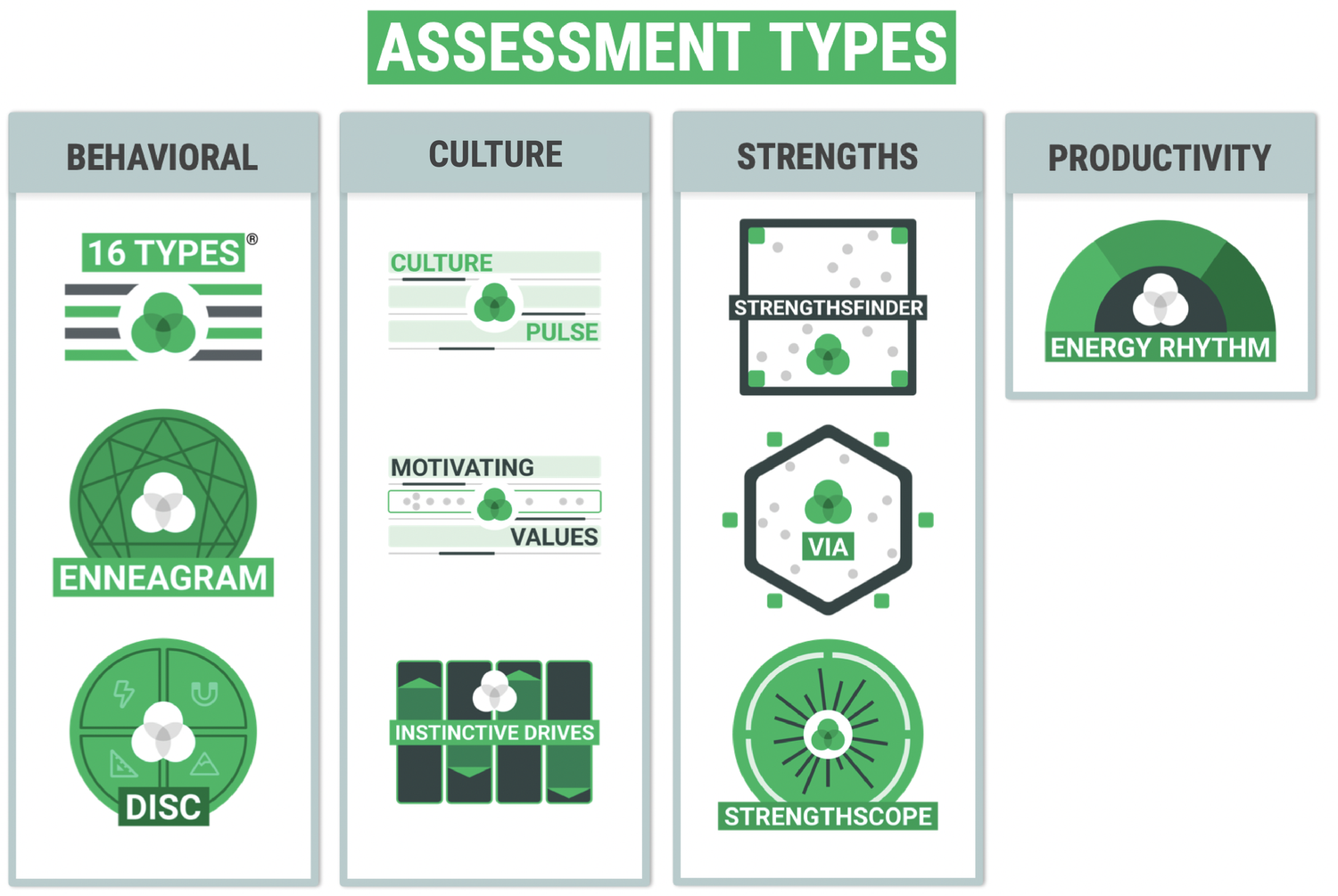Our brains are naturally wired to find repetition and patterns and to stick to what works. This tendency creates a path of least resistance, making our work more efficient. However, it can hinder creativity and innovation.
For example, take our morning routines. We often perform these on autopilot, until something disrupts the process, such as running out of shampoo or losing our phone. While this mental efficiency can be helpful in some situations, it can become problematic when we need to think outside the box.
Leading in an uncertain world poses an even greater challenge. The post-pandemic context, the possibility of economic recession, and the rise of artificial intelligence are just a few examples of the rapidly shifting macro-environment.
This doesn’t even consider the movement of people into and out of our organizations, funding changes, the market’s evolution, etc. These factors can make it difficult to maintain stability and make informed decisions, highlighting the need for resilient and adaptable leadership.
With these challenges in mind, there are seven critical components for leaders to develop or reinforce a resilient team.
So how do we cope with all this change? And as a leader, how do you help your people navigate times of uncertainty?
First, consider the sequence of events. Uncertainty precedes change and often makes it difficult for humans because it forecasts possible change.
The fear of the unknown is often more daunting than the actual impact of the change itself. This experience can be seen in a common chart known as the change curve (see below). This diagram has many variations, but the basic concept is the same.
What To Expect As A Leader Amid Uncertainty
Disruption: An event occurs providing knowledge or data about a particular situation.
Uncertainty: Next, we process the potential impact and begin to analyze it to understand the potential impact.
Exploration: Based on our analysis, we experiment and make necessary adjustments to adapt to the new reality. This could involve changing our behavior, attitudes, or actions to better align with the new information.
Adoption: We begin to feel a sense of ownership and embrace our ability to influence the future. This means we are more confident in our ability to navigate the challenges that lie ahead and make decisions that will help us achieve our goals.

3 Types Of Support Systems That Can Help Leaders Stay On Track
As we navigate the different stages of our personal and professional growth, we experience various emotions that can make the journey feel like a wild ride. We need specific tools and support systems for problem-solving to make sense of these emotions while staying on track.
Frameworks are structures for identifying and processing.
Relationships are sources of support and connectivity.
Perspectives are solutions for confusion and problems.
Frameworks are valuable tools for managing our emotions and improving decision-making. They can help us understand the patterns and triggers of our emotions and develop strategies for managing them.
Plus, we often need support from trusted advisors to help navigate challenges and embrace change. These advisors can offer valuable mentorship and a seasoned perspective on current situations.
Leaders who provide this kind of guidance can be especially helpful when processing emotions. By offering support, these leaders can help us identify blind spots, provide advice for overcoming obstacles, and suggest a new course of action.
Did you notice an emerging theme within the previous content?
Emotions.
However, if you read most of the literature or frameworks on change and uncertainty in the workplace, you will notice little mention of the personal impact.

Why Leaders Must Focus On The Emotional Toll Of Change Upon Their Teams
Most change information, programming, and market consulting focus on organizational impacts. The two most common things you will hear concerning the workplace are change management and change leadership.
Change Management: typically associated with a project or initiative and managing the change impact associated with that effort.
Change Leadership: large-scale organizational changes that could impact culture or business operations.
However, neither can happen effectively if we are not helping individuals deal with the emotional toll during times of uncertainty.
Our employers, just like all of us, are at a loss. We did not evolve to work in the VUCA (volatility, uncertainty, complexity, and ambiguity) whitewater, yet here we are. We know that if we do not take action, many will suffer.
When employees are uncertain about the future of their job, the organization, or the industry, it can heighten anxiety, stress, and fear. These emotions can lead to several negative outcomes impacting the organization’s success. – time.com
Organizations must recognize the impact of uncertainty on their employees and take steps to support them through periods of change. If not, leaders can expect to experience heightened levels of adverse effects in four critical primary areas.
4 Ways Change and Uncertainty Can Impact Organizational Health
Less Productivity: Employees distracted by worries and concerns about their job security or the organization’s future may have difficulty focusing on their work, leading to lower productivity.
Poor Morale: Uncertainty can create a sense of unease and erode employee morale, decreasing employee engagement and motivation.
Higher Turnover: Employees uncertain about their workplace may seek more stable opportunities elsewhere, leading to higher turnover rates and increased costs associated with hiring and training new employees.
Resistance To Change: When a disruption occurs, employees can fixate on their concerns, losing sight of the potential benefits of the change. As a result, the organization may struggle to gain traction to move forward amid uncertainty.
Unfortunately, some leaders overlook the impact of ignoring or not supporting their team in this area. This is a grave mistake, as leaders can significantly influence how employees respond to change within their organization.
Leadership contributes 71% of the success of change amongst employees. Therefore, leadership and leadership traits were critical factors for change reactions for employees. The openness of the leader increases the positive reactions to change. However, the resistance of the leader stimulates negative reactions to change from the employees. – springer.com
Transparent leadership can increase positive reactions to change. Therefore, leaders must prioritize supporting their team and exhibit the traits necessary to lead through change successfully.
We can continue to do exactly what we did with our mental health response to COVID-19—wait until the damage is done, and respond with palliation.
Alternatively, we can make use of our unique advantage, namely: Modern scientific knowledge of how to flourish in uncertainty. What positive behavioral scientists have learned in the last 30 years about the psychological drivers of wellbeing and how to build them offers us hope today of weathering the coming storm. – Gabriella Rosen Kellerman and Martin E.P. Seligman
Creating a culture of openness is essential, where individuals feel comfortable expressing their concerns and asking questions. In this environment, leaders can address issues promptly and ensure that team members feel supported and valued.
Leaders must proactively support their employees during times of uncertainty. Waiting until the damage is done is not a strategy.
To successfully support and lead through change, great leaders take practical action to help them manage uncertainty and course-correct as quickly as possible.

Free Playbook For Creating An Engaging Employee Experience even During Challenging Times
- What The Future Workplace Looks Like
- How To Activate Emotional Intelligence Within Your Team
- Factors Of Employee Motivation
- Strategies For Employee Engagement
- A Hybrid Work Model For Collaboration, Flexibility, & Fulfillment
- The Power Of Coaching In The Workplace
- How To Reduce The Impact Of Labour Turnover
7 Proactive Strategies For Leading Through Change And Uncertainty
1. Take Care Of Yourself: Ensure you get enough sleep, eat healthily, and exercise regularly. Also, consider seeking support from a health professional.
2. Build A Support System: Reach out to friends, family, and colleagues to discuss your worries and concerns.
3. Focus On What You Can Control: Identity areas within your control, such as your attitude and actions, rather than worrying about things out of your control.
4. Practice Mindfulness: This can be as simple as taking a few deep breaths and observing your thoughts without judging them.
5. Make A Plan: Set goals and make a timeline. Ensure your ideas are flexible enough to adapt to changes as they arise.
6. Take Action: Break your goals down into smaller tasks. This will help you to stay focused on the present moment and make progress. And celebrate your accomplishments along the way.
7. Manage Your Stress: Practice techniques such as deep breathing, meditation, or yoga to help you cope with the uncertainty. Consider scheduling regular breaks throughout the day to recharge and reduce stress levels.
Acknowledging that people on your team manage and process information differently is crucial. Factors such as tolerance for ambiguity, resistance to change, task adaptability, and openness to change can significantly influence how people respond to uncertainty and change.
How To Lean Into Your Team’s Strengths In Uncertain Times
The key for leaders is quickly understanding, recognizing, and empathizing with how their team members may respond to change. Without this knowledge, leaders can struggle to communicate, support, and motivate their teams effectively.
5 Steps To Unleash The Strength And Resilience Of Your Team
Acknowledge Every Member Of Your Team Has Valuable Strength
Gain Insight Into Each Team Members Unique Qualities
Delegate Tasks According To Motivations And Strengths
Celebrate Individual And Team Achievements
Provide Consistent Development Opportunities For Members To Grow In Their Strength
By acknowledging individual differences, leaders can effectively tailor their approach to address each employee’s needs and concerns in difficult times. This shift in mindset can significantly increase engagement, motivation, and performance while reducing negative outcomes.
Cloverleaf provides a range of assessments that can provide insight into the unique ways we may react to uncertainty and change.
For example, our behavioral assessments are the most likely to provide insights about how one might react to change. Strengths-based assessments, including CliftonStrengths® and StrengthsScope, reveal strengths individuals and teams can leverage to increase resiliency.

Take A Cloverleaf Assessment
- Unlock your team's full potential and try Cloverleaf today.
By completing multiple assessments, leaders, teams, individuals, and coaches can get a more comprehensive view of the unique strengths, personalities, and dynamics that exist within the organization.
Understanding individual differences and leveraging team members’ strengths is critical for leaders who want to lead successfully through change.
Conclusion
Embracing the uniqueness and strengths of your team members is vital to influential leadership during times of change. Leaders who tailor their approach according to the strengths of their team will drive more engagement, motivation, and performance in turbulent times.
Investing in and celebrating individual differences is a critical step toward creating a resilient team to face the headwinds of change.
Start a free trial to get personalized coaching on managing uncertainty in the workplace for you and your team.





